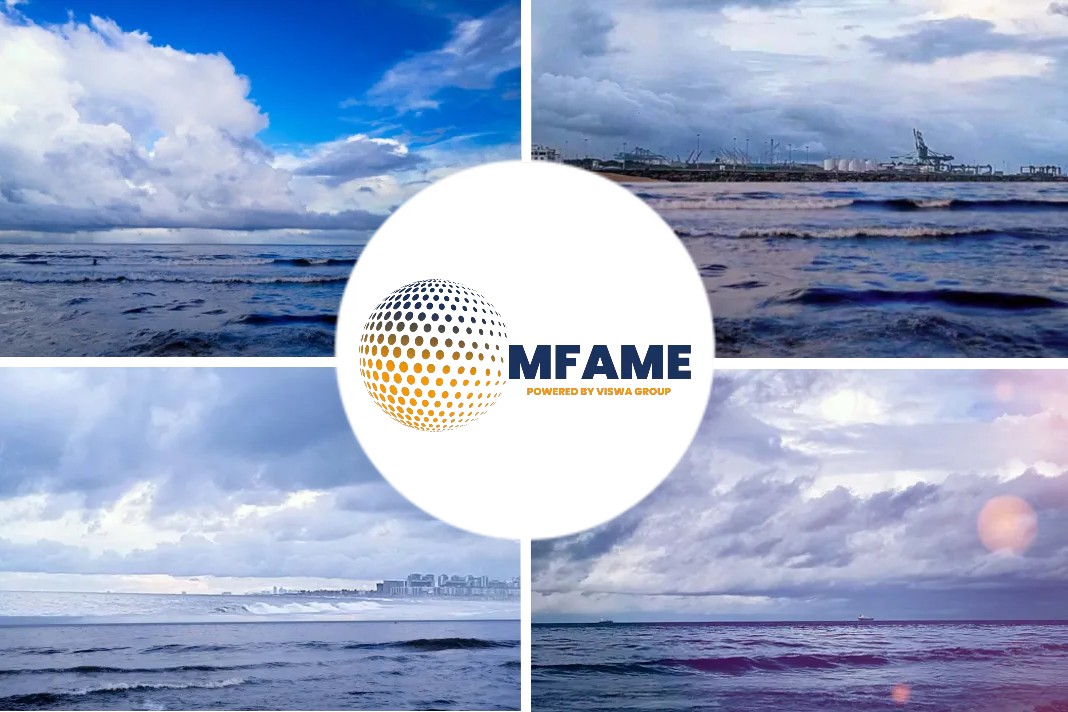
The G-7, the European Union, Australia, and Japan all enacted sanctions against the export of refined products from Russia on February 5. Russian oil export limitations went into effect on December 5. Russian freight has undoubtedly continued to flow as intended by the system, as reported by Freight Waves.
Cutting back exports
“We see no indication that Russia will have to cut back its exports of crude or refined products,” said David Wech, chief economist of Vortexa, during a presentation Thursday.
And despite predictions to the contrary, he believes there will be enough vessels to handle rerouted refined product flows, as has already proven to be the case in crude shipping.
The reason: Russian sanctions spurred a massive increase in the so-called “dark fleet” or “shadow fleet,” older tankers with opaque ownership that operate outside Western insurance, financial and shipping-service circles, and that has a habit of turning off their location beacons.
A representative of Trafigura, one of the world’s largest trading companies, told Bloomberg that the shadow fleet now numbers around 600 vessels, comprising 10% of the world’s crude tankers and 7% of its product tankers.
“Maybe the politicians that set up the current sanctions were aware this would happen and it was an acceptable collateral damage … but there is a lot of murky stuff going on.”
Shadow fleet is ‘the new scrapping’
Older tankers that pollute more and are less safe to operate would normally go to the scrapyards for recycling and be replaced by modern, more efficient vessels.
But why scrap them when they can earn huge premiums in sanctioned or semi-sanctioned trades?
Over the past year, it has ballooned in size as older tankers were acquired to move Russian cargoes.
The shadow fleet “could be viewed as the new scrapping,” said Harfjeld.
“We have a sense that a lot of the businesses buying the older ships are funded by Russian capital in some shape or form and they are buying these ships to transport Russian crude oil — and they do that at a significant premium.
This is perfectly legal and also perfectly legal on the crude side.”
Some freight upside flowing back to Russia
“It’s in the sanctioned or semi-sanctioned environment where freight rates are high, not in the rest of the market,” Wech continued.
On the crude shipping side, Russian Urals-grade crude trades at a significant discount, leaving a large margin to be paid for shipping and logistics, a portion of which likely flows back to Russia, undercutting the Western sanctions’ goal of slashing Russian profits.
“There is no shortage of shipping capacity,” said Wech, citing recent tanker acquisitions.
“There are a lot of new players, very nontransparent players, a mix of Russian interests, partly located in the Middle East, and some other trading bodies in the Middle East, and also Indian and Chinese companies.
Who exactly makes that money — some of that may flow to the Russian side — is difficult to tell.”
How trading patterns have changed
Since the EU ban on Russian crude imports began Dec. 5, almost all of Russian crude has gone to India and China, with Turkey, previously a major buyer, pulling out.
As a result, “they are in an extremely strong position to ask for substantial discounts.”
The product tanker scenario is different.
If the vessel is at port where there’s a refinery, it’s harder to track because you’re not sure if it’s refined product from that refinery.
With less of a “spotlight” on diesel flows, and “more players out there that need Russian diesel than Russian crude,” Wech said there should be more interest among buying countries.
Ongoing challenges with price cap
While most Russian crude and products are moved by the shadow fleet, sanctions allow mainstream tankers to carry cargoes under a price cap set by the EU and G-7.
Wech predicted that “it is more likely that European services and shipping companies and insurance will stay involved on the clean product side than on the crude side.”
If you’ve exercised good faith and complied with the documentary requirements, you’re given a level of protection.
“But no safe harbor exists in the EU implementation.”
Asked by American Shipper whether Skuld had provided cover for any cargoes moving under the price-cap mechanism, Ivanos said he wasn’t aware of any.
But at least some cargoes have moved with Western shipping services.
Safety risk of shadow fleet
Tankers operate under international laws promulgated by the International Maritime Organization and policed by individual nations.
The concern is that the rise of the shadow fleet will ultimately lead to a catastrophic maritime casualty.
These are ships that have transferred ownership that are insured by questionable internal Russian insurers.
“I’m fairly certain there will be pressure to clamp down on STS activity off Spain and in Greek-Cypriot waters.”
“Sadly, maybe that is what it will take for this to get the attention of the politicians.”
Did you subscribe to our newsletter?
It’s free! Click here to subscribe!
Source: Freight Waves






















Along with the budget and special effects, or to be more accurate, more importantly then the technical elements, Star Trek pulsates with life and the human element thanks to a superb ensemble cast.